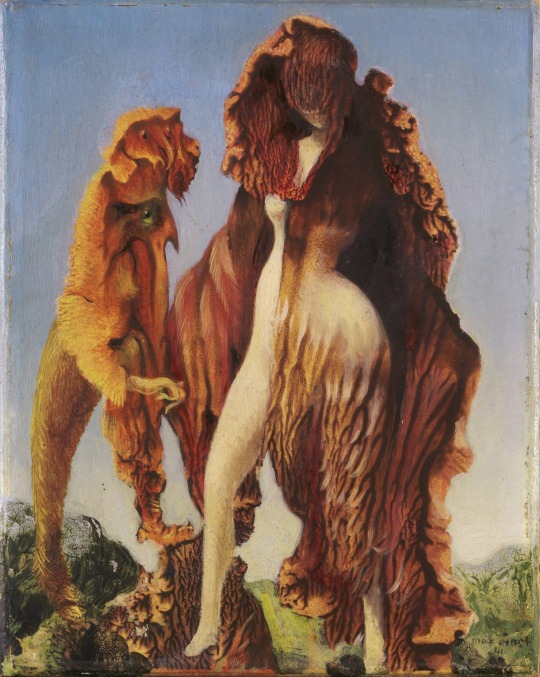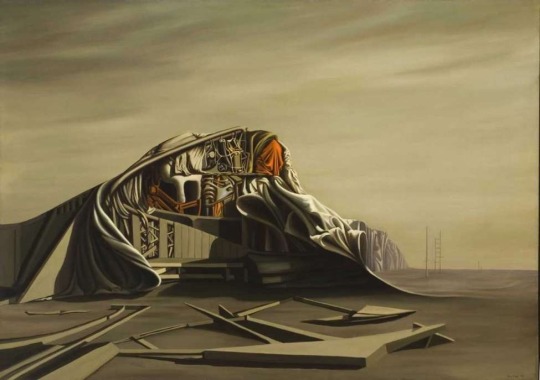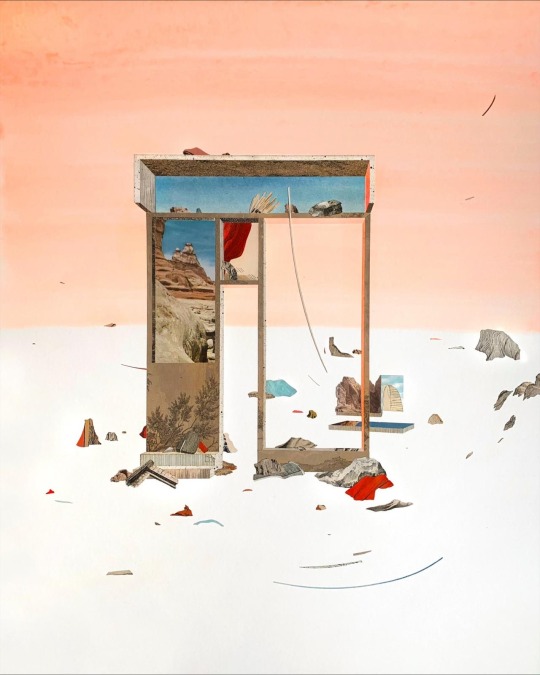#claire trotingnon
Explore tagged Tumblr posts
Text
SOME ADORNO SHIT 😱😱😱
Happy Feodor Friday!
Theodor W. Adorno, praise be his name, quoted in Bürger 🍔, Theory of the Avant-Garde:

Adorno here saying that surrealism is artificial. No dip sure lock! Nah it’s like this. Adorno is a vehement evangelist for the avant garde in the arts; but for Adorno, the avant garde still has to express what is true: in fact, this is why Adorno advocates for the avant garde. For Adorno, the world is one of ‘objective unfreedom’ — more particularly, the crushing and fascistic sameness and fungibility of all things as they must bend to the iron law of exchange value. You might then think that Adorno would hold that only art works which somehow convey or portray that objective unfreedom are ‘true’ in his sense. Yes and no: for if that were only the case, then Adorno would have no problem with pictorial painting that portrays quotidian tyranny and subjugation, or, in music which was his specialty, any schmaltzy gothic or warlike triumphalist music would pass muster. No, for Adorno, somewhat paradoxically and perhaps simply nonsensically on his part, an autonomous art work is itself something of liberation.
An atonal serialist piece of music (Schoenberg, etc) or an expressionist painting (Kandinsky) or avant garde work of literature (Joyce) — these things, for Adorno, mark truth in the sense precisely that they subvert the world of exchange, that they refuse harmony and embrace dissonance and ‘laceration.’ Because what the ‘culture industry’ sells is escape, escape into a comforting and thought terminating sameness, the comfort of representation and repetition. That which is lacerated, dissonant, atonal etc reflects what is wholly ‘true’ in being itself as against being a facsimile of the world sold back to us. This is closely related to Adorno’s critique of Enlightenment modernity’s replacement of the qualitative with the quantitative. From the magisterial essay The Concept of Enlightenment (with M. Horkheimer):

Do you get it? I’ll translate, I’m used to this guy. The illusion of magic he refers to here is the socially inscribed primitive process of endowing some particular thing, like one single tree, with its own essence and quality, or mana. As this vanishes with enlightenment modernity, quantitative repetition reigns: a tree is only a specimen of the scientific object called ‘trees’ (yeah they’re just called trees dude, no Latin.) But note the highlighted section here: very importantly, he emphasizes how this notion of the ‘return of the same’ is already implicit in myth (or in totemic society.) Adorno doesn’t wish, then, to ‘return’ to the animism and ‘essentialism’ (in the sense of ‘an essence’) that came with primitive myth.
So the standard for truthful art can’t be that the work of art answer only to its own qualitative internal logic. Rather, it is ‘mediated,’ a fancy dialectics term that essentially means that the thing in question does not simply stand on its own unmolested by anything—it is always necessarily mediated by social conditions. I think the key to this puzzle is this: an art work cannot help but be mediated. Once a painting hangs in a gallery or a song plays at a concert, it is no longer answering only to itself, rather, it, as a work of art, is changed by the interaction it has with what is not-it, by what is outside of it and helping thereby to constitute it as such. The question then becomes, of course, by what is an art work mediated? By consumer society? So you can see perhaps now how it comes around: an art work which pushes towards subversive form and content, it is thereby far less likely to be effaced by the mediation of Capital or of ‘mass culture.’ Safeguarding against the latter is no easy task (take it from me, I am swamped in interview requests, book deals, and big music label contract offers!) That’s why Adorno is such a snobby bitch with the rigorous twelve-tone atonal music stuff and all that. It resists being…listenable…imagine if Gerwig pitched the Barbie movie where Barbie is an electrical wire hanging out of the dirt and all that happens is that an eyeless medieval police officer shouts “BARB!” into a megaphone. You know
So let’s get to the surrealism thing in brief, from the Peter Bürger 🍔 citation up top. There are radically different modes of surrealism that I believe pass muster varyingly with Adorno’s aesthetico-political concerns. And I’m gonna illustrate that with some pictures.
In my head canon I very reductively sometimes split early 20th century surrealist paintings into the Mexican and the European schools. Just as a shorthand. The two paintings below come from the former school, the first (left) by Max Ernst, who was a part of the Mexican ‘scene’ with his wife Leonora Carrington, Frida Kahlo, and the painter of the second of the ‘Mexican’ pieces here, Remedios Varo.


Now I love this shit, of course, but it’s easy to see why Adorno would not be as enthused about the radical potential in this (very broad) style (that I’m simplifying for brevity and effect.) Ernst portrays two giant beasts, a multiple-eyed chicken-like thing and a frighteningly shrouded Beast Witch; in Varo’s, a solemn sorceress mixes a potion that fuels the rotation of parchment upon which dead faced women servants write incantations, all in a tower looming atop a hilltop village that appears to be waning into the abyss. There’s obviously an element of fantasy, of imagined dream-magic and atavism that one might suspect would fall too easily into the ‘escapist’ sort of category for Adorno.
This next set, the ‘Europeans,’ is two paintings by the classic era surrealist Kay Sage, and the contemporary artist Claire Trotignon (one of my very favorite contemporary visual artists):


Kay Sage, drawing upon de Chirico before her, as well as her husband Yves Tanguy, paints these haunted, uncanny landscapes without determinate objects. The forms and contours of the modern, enlightened built world, stripped of their signification, stripped violently and denuded of their ostensible promise to be a site of human freedom. Trotignon’s pieces simultaneously erect and dismantle structures of ambiguity, emptiness and dissonance — similarly to Sage’s. They harrowingly and somewhat beautifully express Adorno’s “negative” dialectic — wherein, again, “a consciousness of denial” is at issue in the mediate artist-viewer co-constitution. They resist being iterations of something by resisting being something, apart from that lost or negated sense of rational sensibility that recedes into the abyss in capitalist modernity.
#Adorno#critical theory#feodoradornofridays#abstract art#hiremejuxtapoz#artforum#needworkfrieze#avant garde#kay sage#max ernst#remedios varo#claire trotingnon#Peter burger
10 notes
·
View notes
Text
Claire Trotingnon’s drawings(!) are a revelation. I could stare into, live in this universe for hours. Purgatorial, haunting, and eludes categorization and only narrowly fails to elude description. As always with work like this, however, there is something there, all the more so for the absence that speaks, screams, of the alienated presence.
(I should write artspeak museum placards I’m better at it than the “bodies and spaces” and “temporality” rote copy)





1 note
·
View note